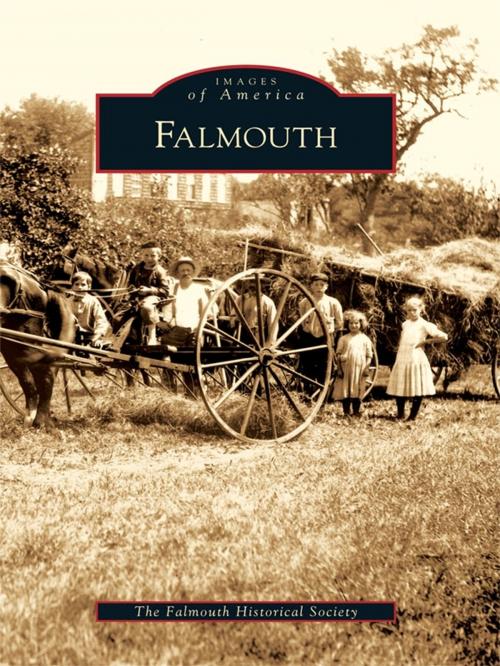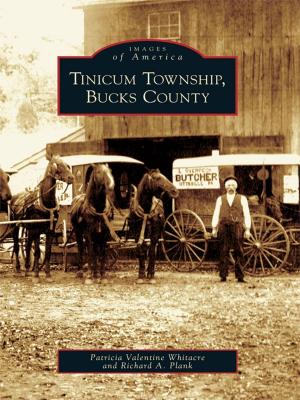| Author: | The Falmouth Historical Society | ISBN: | 9781439621684 |
| Publisher: | Arcadia Publishing Inc. | Publication: | July 13, 2009 |
| Imprint: | Arcadia Publishing | Language: | English |
| Author: | The Falmouth Historical Society |
| ISBN: | 9781439621684 |
| Publisher: | Arcadia Publishing Inc. |
| Publication: | July 13, 2009 |
| Imprint: | Arcadia Publishing |
| Language: | English |
Falmouth began as a farming and fishing town with an active wooden ship�building industry along the Presumpscot River Estuary. The town later developed a number of small villages, each with a post office, stores, and its own school. Following the Civil War, the population dropped and did not begin to increase until the beginning of World War II. Wealthy Portland residents and out-of-state visitors established summer estates in Falmouth Foreside. With the introduction of the automobile and the electric trolley in the early 1900s, the Falmouth Foreside and West Falmouth areas enjoyed an influx of people who could live in Falmouth and work in Portland. After World War II, Falmouth continued to increase in size as roads were improved and more houses were built. Today Falmouth remains a growing community with extensive retail, health, retirement, and service facilities.
Falmouth began as a farming and fishing town with an active wooden ship�building industry along the Presumpscot River Estuary. The town later developed a number of small villages, each with a post office, stores, and its own school. Following the Civil War, the population dropped and did not begin to increase until the beginning of World War II. Wealthy Portland residents and out-of-state visitors established summer estates in Falmouth Foreside. With the introduction of the automobile and the electric trolley in the early 1900s, the Falmouth Foreside and West Falmouth areas enjoyed an influx of people who could live in Falmouth and work in Portland. After World War II, Falmouth continued to increase in size as roads were improved and more houses were built. Today Falmouth remains a growing community with extensive retail, health, retirement, and service facilities.















